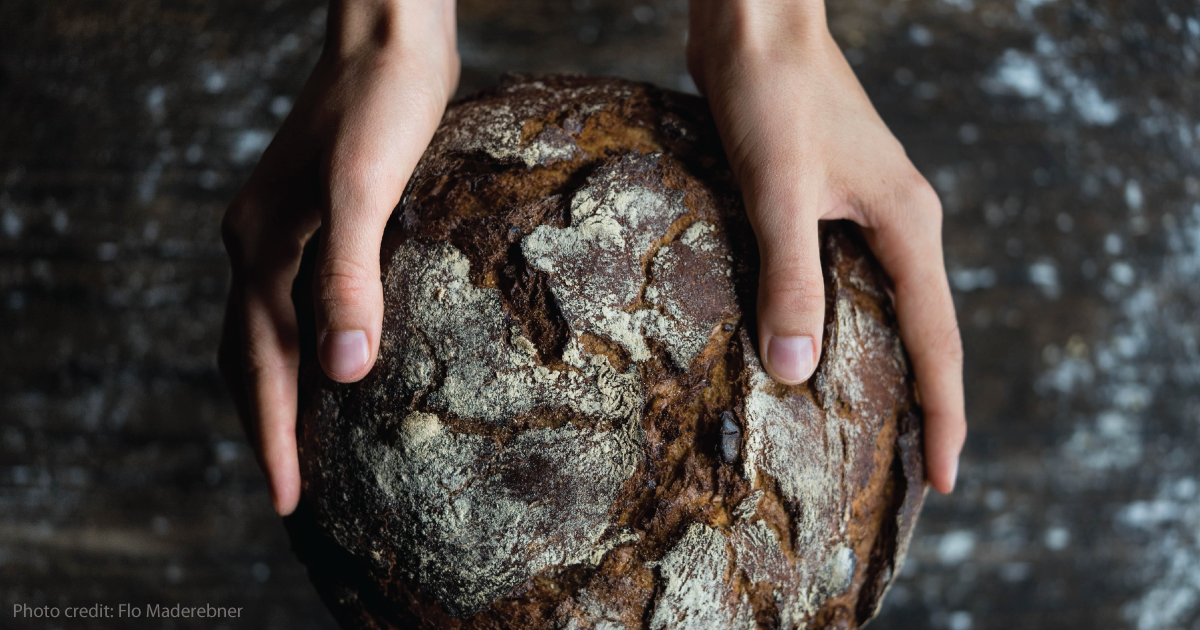
What You Must Know About Gluten
A few years ago, the term "gluten free" was mostly associated with wheat allergy and celiac disease. Those afflicted with either condition who adopted a gluten-free diet often reported a resurgence of health and well-being.
February 27, 2019 | Source: Mercola.com | by Dr. Joseph Mercola
A few years ago, the term “gluten free” was mostly associated with wheat allergy and celiac disease. Those afflicted with either condition who adopted a gluten-free diet often reported a resurgence of health and well-being.
Today, gluten-free eating continues to attract attention, and there are likely more wheat-tolerant people eating gluten-free food than those who medically need it. Eating trends aside, here’s what you need to know about gluten.
What Is Gluten?
Gluten is a protein found in wheat and cereal grains that is made up of glutenin and gliadin molecules. In the presence of water, these substances form an elastic bond that gives bread and other baked goods a springy, stretchy and spongy consistency. Because gluten gives dough elasticity, comparable gluten-free items are often dense and tend to crumble easily.
Gluten is found not only in wheat, but also other grains like barley, oats, rye and spelt. Beyond the whole grains known to be glutinous, gluten can hide in processed foods under a variety of names, including, but not limited to:1
• Hydrolyzed vegetable protein (HVP)
• Malts
• Natural flavoring
• Starches
• Texturized vegetable protein (TVP)
While many foods such as whole fruits and vegetables are naturally gluten free, as are most dairy and meat products, grocery stores are full of gluten-containing products. Many of them fall into the category of ultra-processed foods. Some of the most common gluten-laced foods include:
|
Beer |
Cookies |
Processed broth |
|
Bouillon |
Crackers and other snack foods |
Sausages and hot dogs |
|
Bread (white and wheat) |
Lunch meat |
Seasoning mixes |
|
Cereal |
Pasta |
Soy sauce |
Obviously, wheat-containing foods like wheat bran, wheat flour, wheat germ and wheat starch also contain gluten. Even though many think otherwise, white bread is also a source of wheat because it is made from wheat flour after the bran and germ are removed. Furthermore, because wheat is often used as a thickening agent, gluten is commonly found in canned soups and bottled sauces, as well as salad dressings.
How Gluten Can Negatively Impact Your Health
Gluten is known for its tendency to impede proper nutrient breakdown and absorption of foods, regardless of whether they do or do not contain gluten. Proper digestion can be impeded in the presence of gluten because in excess amounts it forms a glued-together constipating lump in your gut.
Some people react negatively to even small amounts of gluten because their body identifies it as a toxin, which causes their immune cells to overreact and attack it. In this scenario, the continued consumption of gluten will create inflammation and damage to the lining of the small intestine that may trigger more serious health issues over time, particularly if you have celiac disease.
Left unchecked, excessive gluten consumption and the inflammation that results may predispose you to malabsorption, nutrient deficiencies, osteoporosis and neurological and psychological conditions, as well as its potentially negative effects on your joints, liver, nervous system, skin and more.2
Beyond this, the Celiac Disease Foundation asserts undiagnosed celiac disease may contribute to the development of “autoimmune disorders like Type 1 diabetes and multiple sclerosis (MS), dermatitis herpetiformis (an itchy skin rash), anemia, osteoporosis, infertility and miscarriage … epilepsy and migraines, short stature and intestinal cancers.”3
